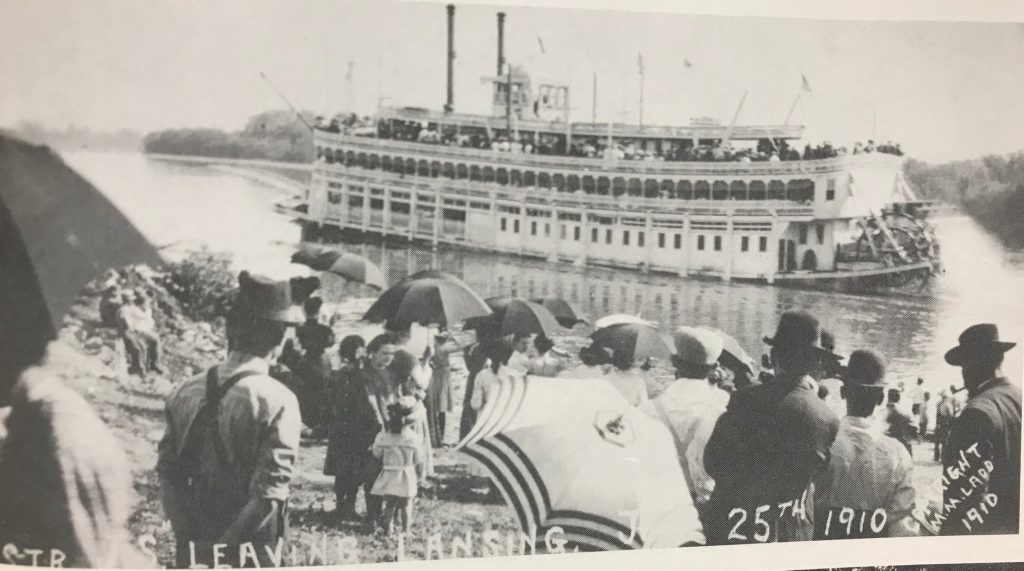Heat and Change in Allamakee County, 1870s
Allamakee County, Iowa
Long-lived county resident and man of many trades, Ellison Orr remembered the nature of farming in the county for years after his birth in 1857. “During all these years,” he writes in “Reminiscences of a Pioneer Boy,” “wheat was the crop. Then came a year when unusually hot weather a few days before the wheat was ready to harvest, ruined the crop. We did not even harvest enough wheat for our own flour. For two more years we tried it and each year burned the crop on the ground. The ninety acres made a great fire. All around us other farmers were doing the same. During those years many hundreds of thousands of dollars went up in smoke. After this loss, we turned to raising corn and hogs and to dairying, and made even more money than in raising wheat, and with less hard labor.”
Orr doesn’t mention the infrastructure already in place in Allamakee County that depended on a wheat crop. “ ‘In 1859,’ says a history of early settlement in Iowa, ‘there was considerable increase in immigration, especially along Yellow River [in southeastern Allamakee County], where numerous mill sites were being located rapidly for use in the near future.’…From the late fifties to about 1878 were the boom days on Yellow River. After that wheat growing fell off so rapidly that milling slumped with a suddenness which caused a near panic, [the devastating 1857 economic panic being fresh in folks’ memory]. At one time from twenty-five to thirty mills were in operation in the country drained by the river. Most of them were run by water power from the river and its branches. As early as 1859 a map published of one township adjacent to it showed seven mills running….During the halcyon days, towns were platted by the millers about their property wherever any possible space could be found. A superlative future was looked for. [Yet by 1922], hardly a stick or stone remain[ed] of some of these adventures in real estate of the millmen.”
Orr doesn’t say how hot it was in the 1870s, but he does make it clear that farmers stuck to wheat as a major crop for several years before the weather, experience, and economics prompted them to change. If millers and the settlements around them were anticipating a “superlative future” based on their relationship with one crop, perhaps they perceived the multi-year heat and destruction of the wheat crop as a sudden slump. In Orr’s story the farmers recovered and prospered while in the story of the mills it isn’t clear whether the millers found new and fruitful roles for themselves in the county.

Sources: SHSI: Ellison Orr, “Reminiscences of a Pioneer Boyhood,” Annals of Iowa no. 7&8 1971; Florence L. Clark, “The River of Lost Mills,” The Northwestern Miller, Minneapolis 1922.
